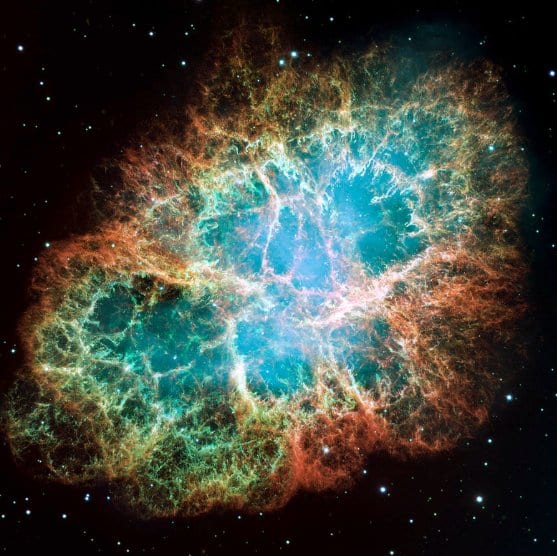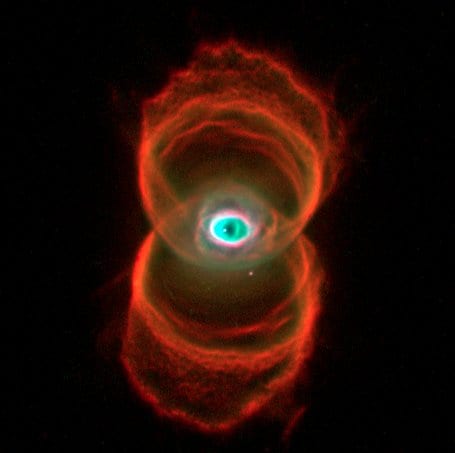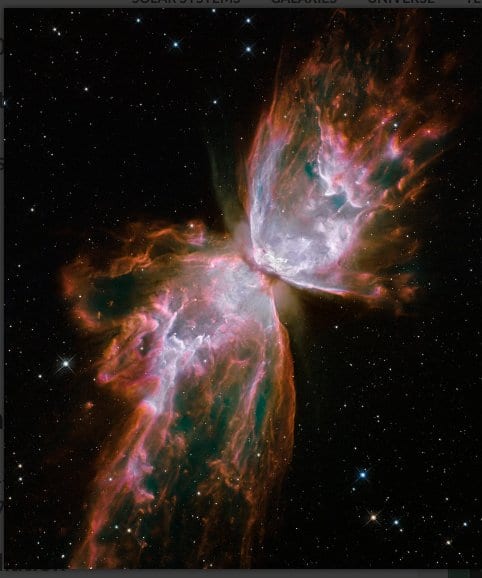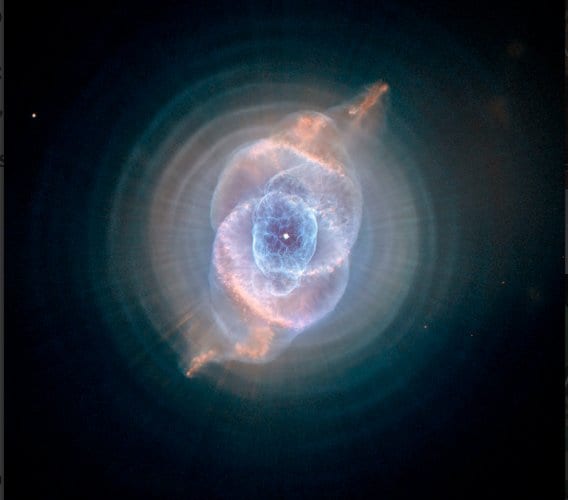Five Magical Nebulas
What exactly is a Nebula? Nasa explains them like this:
“A nebula is a giant cloud of dust and gas in space. Some nebulae (more than one nebula) come from the gas and dust thrown out by the explosion of a dying star, such as a supernova.” NASA
Most nebulae are of vast size, some are hundreds of light years in diameter. A nebula that is barely visible to the human eye from Earth would appear larger, but no brighter, from close by.
Scroll down to see some of the spectacular Nebula’s and their fast stats kudos of Astronomy Is Awesome below.
“We strive to create amazing and unique content about all things related to Space and Astronomy.” Astronomy Is Awesome
1.) THE EAGLE NEBULA
-
The Eagle Nebula is Distance from Earth: ~7,000 Light Years, 41,150,377,612,285,254 Miles
-
Location: Serpens Constellation
-
Diameter: ~110 Light Years, 646,648,791,050,196 Miles

2.) THE CRAB NEBULA
-
Distance from Earth: 6,523 Light Years, 38,346,273,309,276,673 Miles
-
Location: Taurus Constellation
-
Diameter: ~11 Light Years, 64,664,879,105,019 Miles

3.) THE HOURGLASS NEBULA
-
Distance from Earth: 8,154 Light Years, 47,934,311,292,939,137 Miles
-
Location: Musca Constellation
-
Diameter: ~1 light year, 5,878,625,373,183 Miles

4.) THE BUTTERFLY NEBULA
-
Distance from Earth: ~4,000 Light Years, 23,514,501,492,734,430 Miles
-
Location: Scorpius Constellation
-
Diameter: ~3 Light Years, 17,635,876,119,550 Miles

5.) THE CATS EYE NEBULA
-
Distance from Earth: 3,262 Light Years, 19,176,075,967,324,928 Miles
-
Location: Draco Constellation
-
Diameter: ~4.5 Light Years, 26,453,814,179,326 Miles

If you enjoyed this article, you may like this infographic featuring 10 Facts About Mercury or this video where astronauts answer questions from the internet.
